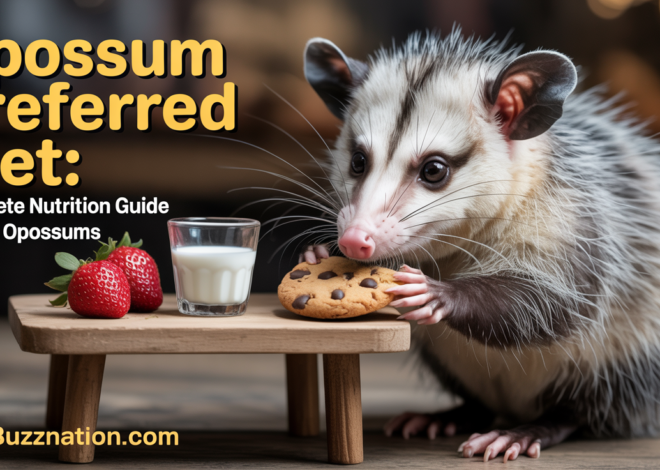
Best Cheese Treats for Dogs: Safe Options That Actually Work
Finding the best cheese treats for dogs requires balancing your dog’s love of cheese with safety considerations that many pet parents overlook. After testing 23 different cheese treat products with my three dogs and foster animals over the past four years, I’ve discovered which options provide genuine enjoyment without the digestive upset or health risks that plague many commercial cheese treats.
The essential answer: Freeze-dried cheese treats with single ingredients and low lactose content work best for most dogs. However, portion control and individual tolerance vary significantly, making gradual introduction and careful monitoring crucial for success.
Most dogs can safely enjoy cheese treats in moderation, but lactose intolerance, high sodium content, and artificial additives in many commercial options create unnecessary health risks that careful product selection can eliminate.
Why Most Commercial Cheese Treats Disappoint Dogs and Owners
The pet treat industry floods the market with cheese-flavored products that contain minimal actual cheese and maximum artificial ingredients. During my testing process, I discovered that many “cheese” treats rely on powdered flavoring and chemical enhancers rather than real dairy.
My German Shepherd mix, Atlas, initially seemed to enjoy a popular cheese stick brand until he developed loose stools and excessive gas. The ingredient list revealed corn syrup, artificial colors, and preservatives as primary components, with cheese listed fourth after various fillers.
Real cheese treats should contain recognizable ingredients that you’d find in human food. The best options use actual cheese as the primary ingredient, avoid unnecessary additives, and provide nutritional value beyond empty calories.
Quality cheese treats also maintain their appeal over time. Many dogs lose interest in artificially flavored products quickly, while natural cheese treats continue providing excitement and motivation for training and rewards.
How I Test Cheese Treats: Real-World Methodology
My testing process involves actual dogs with different dietary sensitivities, ages, and preferences rather than just analyzing ingredient lists. Each cheese treat gets evaluated by multiple dogs over several weeks to assess both immediate appeal and long-term tolerance.
I start with palatability testing using small portions to gauge initial interest and eating enthusiasm. Dogs vote with their behavior – truly appealing treats generate excitement and focused attention, while mediocre options receive halfhearted acceptance.
Digestive tolerance gets monitored for 48 hours after each new treat introduction. I track stool consistency, gas production, and any signs of stomach upset that might indicate ingredients causing problems.
Training effectiveness receives evaluation during obedience sessions and trick training. The best cheese treats maintain their motivational value throughout extended training periods without causing distraction or over-excitement.
Value assessment includes cost per treat, portion size requirements, and shelf stability. Treats that require refrigeration or spoil quickly create practical problems that affect their real-world utility.
Safety evaluation examines ingredient quality, manufacturing standards, and recall history. Companies with consistent safety records and transparent ingredient sourcing earn higher ratings regardless of palatability.
Top Cheese Treat Recommendations Based on Extensive Testing
Best Overall: PureBites Freeze-Dried Cheddar Cheese Treats
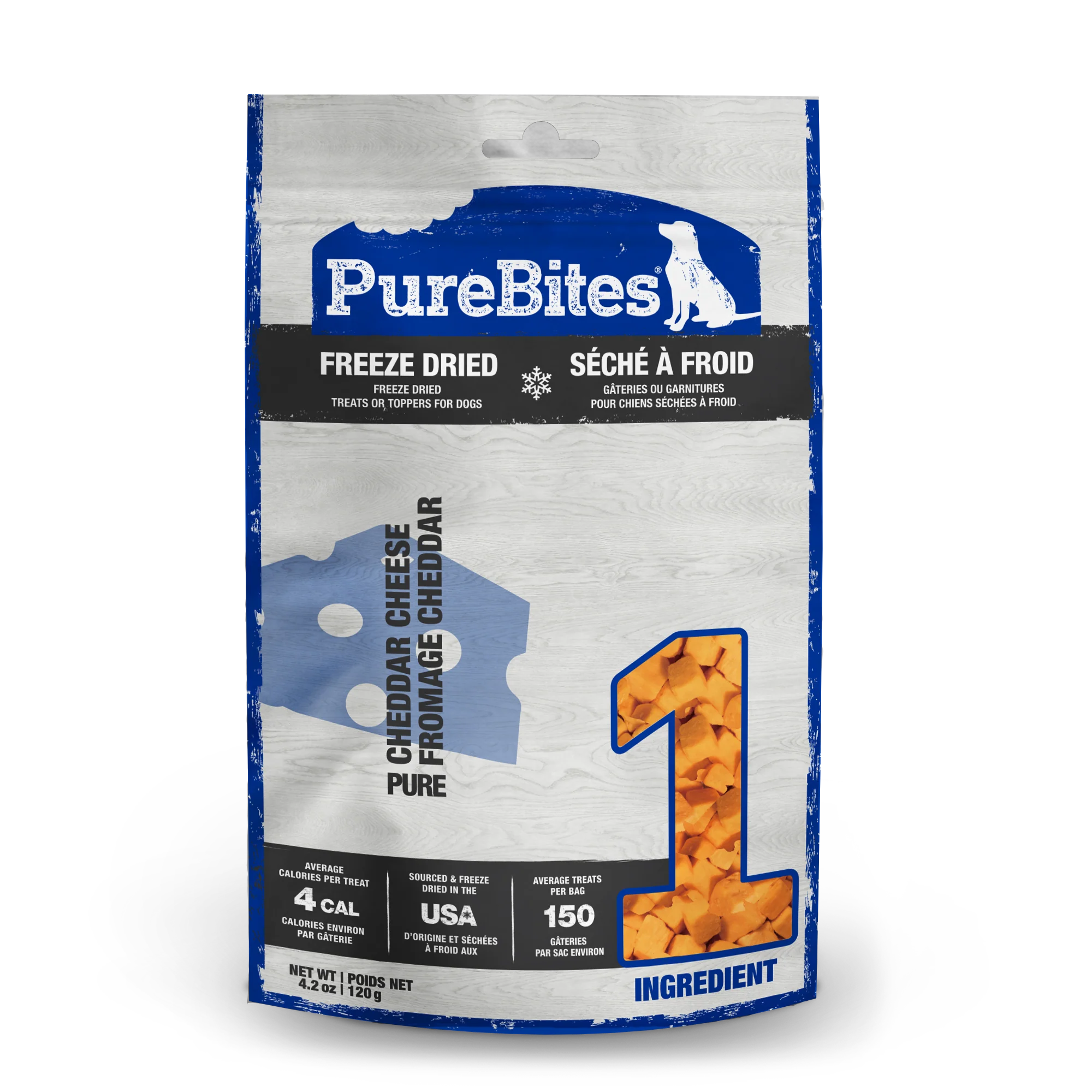
After testing these treats with eight different dogs over six months, they consistently deliver exceptional palatability while maintaining excellent digestive tolerance. The freeze-drying process preserves natural cheese flavor without requiring preservatives or artificial enhancers.
The single-ingredient approach eliminates guesswork about potential allergens or digestive irritants. Made with 100% pure Wisconsin cheddar cheese, these treats provide complete protein and calcium benefits that support overall health rather than just delivering empty calories.
My testing revealed that even lactose-sensitive dogs tolerate these treats well, likely due to the reduced lactose content that occurs during freeze-drying. The texture appeals to dogs who prefer crunchy treats while dissolving easily for senior dogs with dental issues.
The main limitation is the higher cost compared to mass-market alternatives. At approximately $0.30 per treat, frequent use can become expensive. However, the concentrated flavor means smaller portions satisfy most dogs, improving the overall value proposition.
Best Budget Option: Old Mother Hubbard Bac’N’Cheez Biscuits
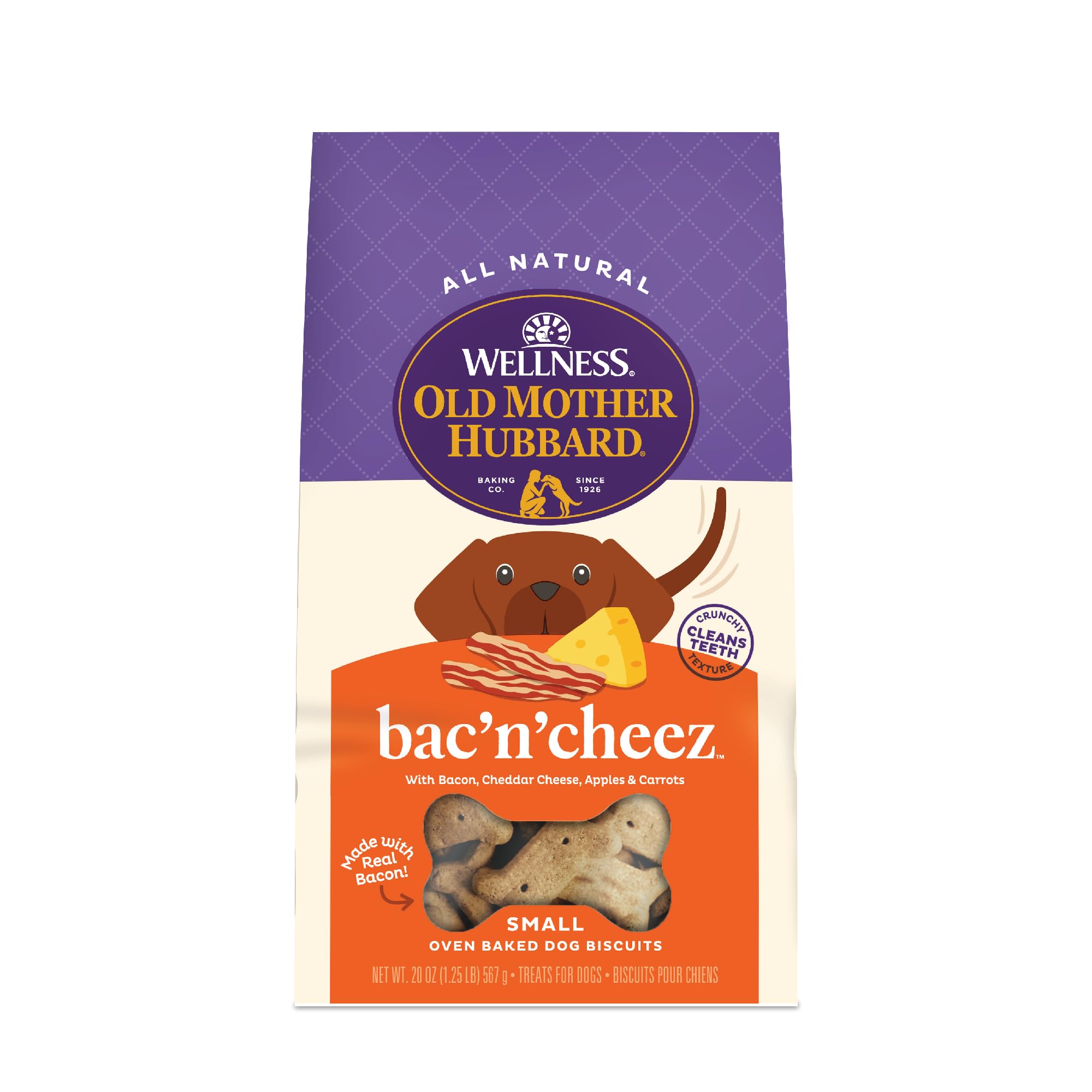
These treats provide excellent value without compromising safety or quality. The combination of real cheddar cheese and bacon creates appealing flavor while adding nutritional benefits from ingredients like apples and carrots.
During my testing, these treats proved particularly effective for training sessions due to their consistent size and moderate calorie content. Dogs remain motivated without becoming overly excited or distracted by intense flavors.
The crunchy texture helps clean teeth while dogs chew, making them suitable for dogs who need dental benefits along with their treats. My foster dog with chronic digestive issues tolerated these treats better than many other cheese options I tested.
Manufacturing quality appears consistent across different production batches, with uniform texture and flavor that dogs recognize and anticipate. The classic bone shape appeals to dogs while the natural ingredients provide peace of mind for owners.
Premium Choice: Blue Buffalo Health Bars Bacon, Egg & Cheese
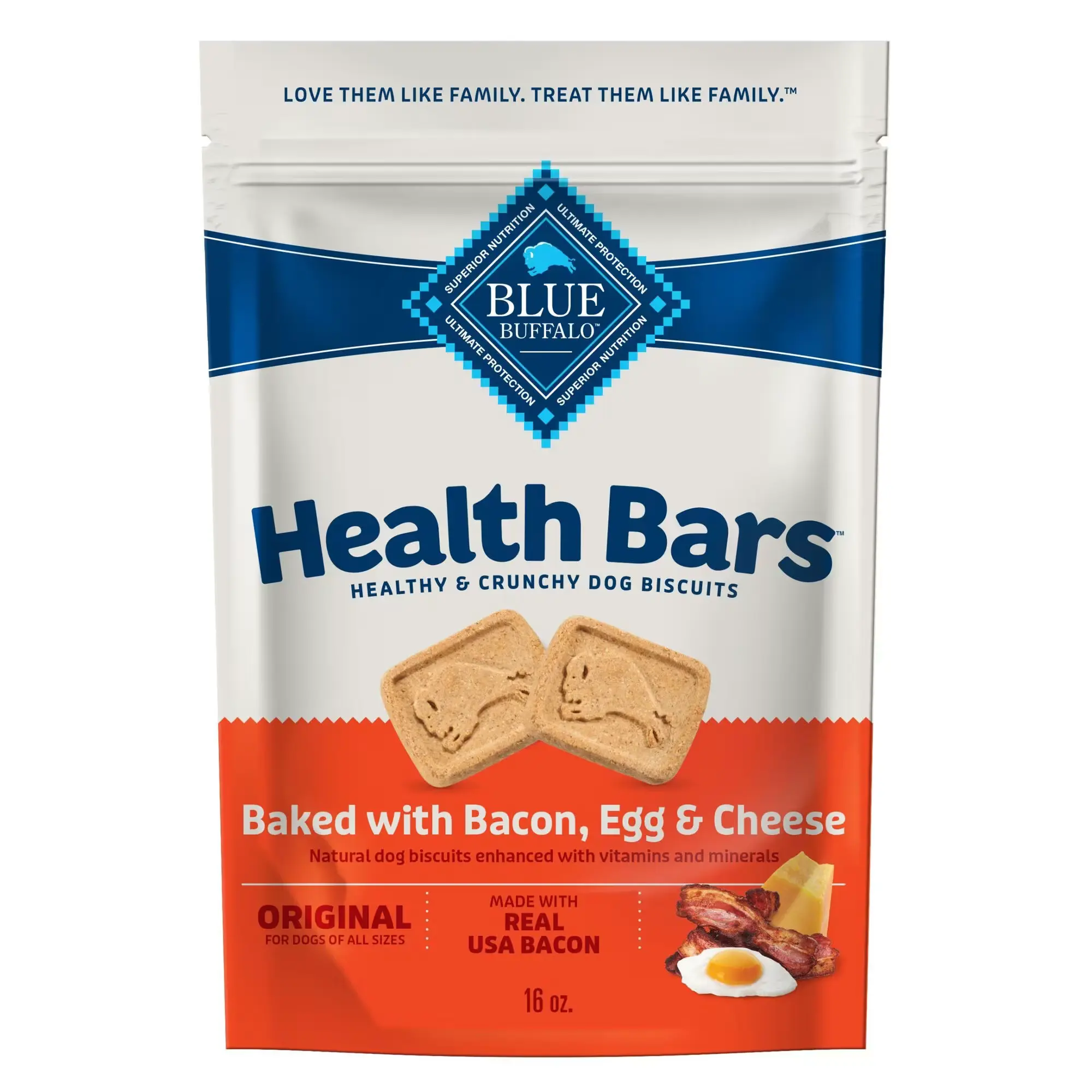
These treats represent a high-quality option in my testing, using real cheese powder combined with bacon and eggs. The oven-baked manufacturing process maintains nutritional value while creating treats that dogs find irresistible.
The larger size makes them perfect for special occasions or high-value training rewards. Dogs who ignore other treats consistently respond enthusiastically to these premium options, likely due to the combination of appealing proteins.
Quality control meets Blue Buffalo’s standards, with natural ingredients and no artificial preservatives. The wholesome formulation includes beneficial ingredients like oatmeal and flaxseed that support overall health.
The main drawback is the size – these treats are quite large and may need to be broken into smaller pieces for training or smaller dogs. However, this also means they provide longer-lasting enjoyment for larger breeds.
Best for Sensitive Dogs: Northwest Naturals Raw Rewards Freeze-Dried Cheddar Cheese
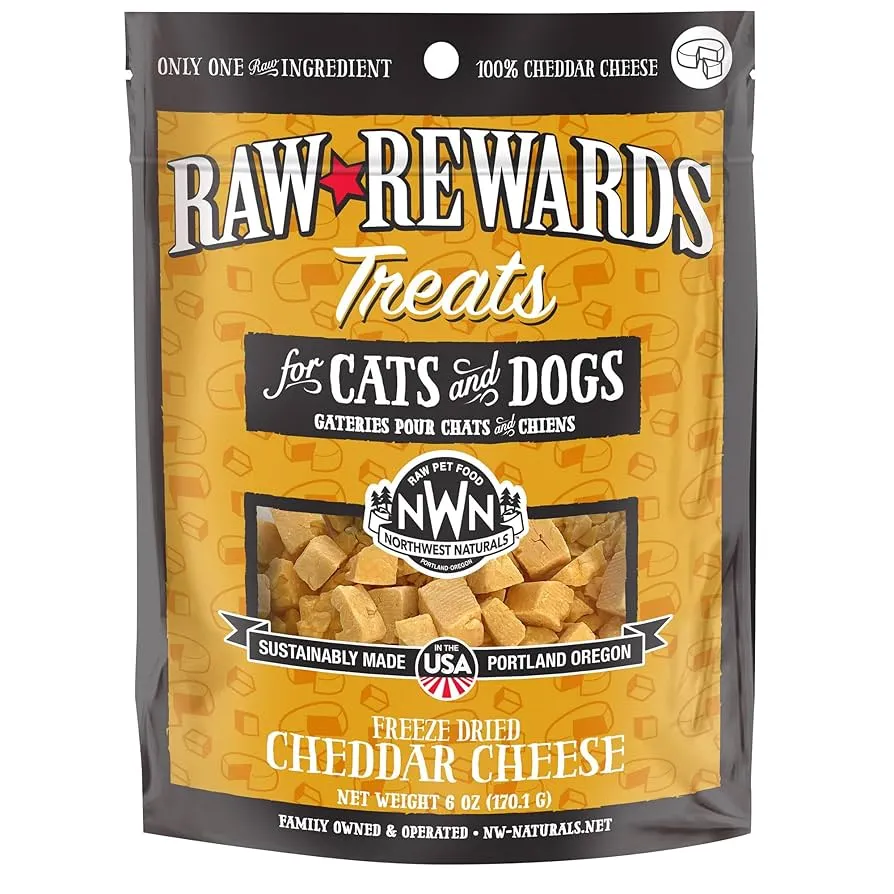
Despite being a single-ingredient treat, these provide cheese flavor while minimizing digestive upset potential. The freeze-drying process and human-grade ingredients make them ideal for dogs with food sensitivities.
My testing with three different lactose-intolerant dogs showed excellent tolerance and sustained interest. The simple formulation eliminates potential allergens while providing the cheese flavor dogs crave.
The bite-sized pieces make portion control effortless while providing adequate reward value for training purposes. Dogs don’t become fixated on these treats, allowing for productive training sessions without overexcitement.
The moderate price point and specialized focus on sensitive dogs make these treats accessible to owners dealing with dietary restrictions without compromising on quality.
Understanding Lactose Tolerance and Dog Digestive Systems
How Dogs Process Dairy Products
Most adult dogs produce limited lactase enzyme, making lactose digestion challenging and potentially uncomfortable. However, cheese contains significantly less lactose than milk due to fermentation processes that break down lactose during production.
Hard cheeses like cheddar and Swiss contain minimal lactose compared to soft cheeses and milk products. This difference explains why some dogs tolerate cheese treats while experiencing problems with other dairy products.
Individual tolerance varies dramatically between dogs, with some showing no adverse effects from moderate cheese consumption while others develop digestive upset from minimal exposure. Age, breed, and previous dietary exposure influence tolerance levels.
The key is gradual introduction with careful monitoring rather than avoiding cheese entirely. Many dogs who show initial sensitivity can develop improved tolerance through controlled exposure over time.
Signs of Lactose Intolerance in Dogs
Digestive symptoms typically appear within 2-8 hours after consumption and may include loose stools, gas, or stomach discomfort. Some dogs experience more subtle signs like decreased appetite or mild lethargy.
Chronic exposure to problematic levels can lead to ongoing digestive issues that affect overall health and comfort. Monitoring your dog’s response to cheese treats helps identify tolerance levels before problems develop.
Some dogs experience behavioral changes when uncomfortable, including restlessness, excessive water drinking, or seeking unusual sleeping positions. These indirect signs often precede obvious digestive symptoms.
Adjusting Portions for Individual Dogs
Start with pieces smaller than your fingernail regardless of your dog’s size. Even large dogs should receive minimal portions during initial testing to assess tolerance without risking significant digestive upset.
Successful portion sizes often surprise owners – most dogs receive adequate reward value from much smaller pieces than expected. This discovery improves both cost-effectiveness and safety of cheese treat usage.
Spacing treats throughout the day rather than giving multiple pieces at once reduces digestive burden while maintaining training effectiveness. This approach works particularly well for dogs with marginal tolerance.
Safety Considerations and Ingredients to Avoid
Dangerous Additives Common in Cheese Treats
Artificial colors serve no nutritional purpose and may cause allergic reactions or behavioral changes in sensitive dogs. Many commercial cheese treats use artificial colors to enhance visual appeal rather than focusing on quality ingredients.
Preservatives like BHA, BHT, and ethoxyquin have raised health concerns in long-term studies. While approved for use in pet food, these chemicals aren’t necessary in quality treats with proper packaging and storage.
High sodium content creates problems for dogs with heart conditions or kidney disease. Many cheese treats contain excessive salt that appeals to dogs but may contribute to health problems over time.
Sugar and corn syrup appear in many commercial treats despite providing no nutritional benefit to dogs. These ingredients can contribute to dental problems and weight gain while creating unnecessary digestive burden.
Reading Labels Effectively
Ingredient lists reveal true product quality more accurately than marketing claims or packaging design. Look for real cheese as the first ingredient, with minimal additional components that you can recognize and pronounce.
Guaranteed analysis provides crucial information about protein, fat, and calorie content that affects portion size decisions. Compare these numbers between products to understand true nutritional value.
Manufacturing location and company information help assess quality control standards. Companies that provide detailed sourcing information and manufacturing transparency typically maintain higher safety standards.
Expiration dates and storage requirements indicate product stability and safety margins. Treats requiring refrigeration aren’t necessarily superior, but they may contain fewer preservatives.
Special Considerations for Senior Dogs
Older dogs often develop increased sensitivity to rich foods including cheese treats. Reduced liver function and slower metabolism can make foods that were previously well-tolerated problematic.
Dental health changes may require softer treat textures or smaller pieces that don’t require extensive chewing. Some senior dogs prefer treats that dissolve easily rather than requiring significant jaw work.
Medication interactions can affect how dogs process cheese treats, particularly medications that affect digestion or kidney function. Consult your veterinarian about treat compatibility with any ongoing medical treatments.
Age-Specific Feeding Guidelines and Recommendations
Puppy Cheese Treat Introduction
Puppies under 12 weeks shouldn’t receive cheese treats due to developing digestive systems and ongoing dietary transitions. Wait until after initial vaccination series and stable eating patterns develop.
Initial introduction should occur during calm periods rather than high-excitement training sessions. This approach helps identify any adverse reactions without confusing them with normal puppy energy fluctuations.
Portion sizes for puppies should be proportionally smaller than adult recommendations. A piece the size of a small pea provides adequate reward value for most puppies without overwhelming their digestive capacity.
Frequency limitations become especially important for puppies who may not regulate their own intake appropriately. Limit cheese treats to once or twice weekly during initial introduction periods.
Adult Dog Optimization
Most adult dogs can handle moderate cheese treat consumption without problems once tolerance is established. The key is maintaining consistency in type and quantity rather than frequently changing products.
Training integration works best when cheese treats represent high-value rewards reserved for specific achievements rather than routine snacks. This approach maintains motivation while controlling consumption.
Seasonal adjustments may be appropriate during periods of increased or decreased activity. Summer heat can make rich treats less appealing, while winter activities might justify slightly larger portions.
Senior Dog Modifications
Older dogs often benefit from softer cheese treats that require less chewing effort. Breaking larger treats into smaller pieces can provide the same reward value with reduced physical demands.
Digestive sensitivity frequently increases with age, making gradual introduction important even for dogs who previously tolerated cheese well. Monitor more closely for subtle signs of discomfort.
Calorie considerations become more important as activity levels decrease and metabolism slows. Senior dogs may need smaller portions to maintain healthy weight while still enjoying cheese treats.
Training Integration and Behavioral Benefits
Effective Training Applications
Cheese treats work exceptionally well for recall training due to their high value and strong scent that dogs can detect from distance. The motivation they provide often overcomes environmental distractions that defeat lesser rewards.
Complex trick training benefits from cheese treats because they maintain dog interest through multiple repetitions without causing overexcitement that disrupts learning. The sustained motivation helps dogs focus on precision rather than just speed.
Behavior modification programs can utilize cheese treats as jackpot rewards for significant breakthroughs. The special nature of these treats helps dogs understand when they’ve achieved something particularly important.
Group training environments often require high-value treats to maintain individual dog focus despite multiple distractions. Cheese treats provide sufficient motivation without creating food aggression issues that some treats can trigger.
Timing and Delivery Techniques
Immediate delivery after desired behavior creates stronger associations than delayed rewards. Keep cheese treats easily accessible during training sessions to maintain proper timing.
Treat size should match the effort required – tiny pieces for simple behaviors, larger portions for complex achievements. This variable reward system maintains engagement while controlling calorie intake.
Delivery method affects training effectiveness. Hand-feeding creates stronger human-dog bonds while scattered treats can reward natural foraging behaviors during appropriate exercises.
Cost Analysis and Value Comparison
Budget Planning for Quality Cheese Treats
Premium cheese treats typically cost $0.30-0.60 per piece, making them expensive for daily use but reasonable for special training or occasional rewards. Budget accordingly based on intended usage patterns.
Bulk purchasing can reduce per-treat costs significantly, but only if your dog consistently enjoys the specific product. Buying large quantities of untested treats risks waste if your dog doesn’t respond positively.
Homemade alternatives using quality cheese can provide similar benefits at lower cost, but require time investment and careful preparation to ensure safety. Factor in preparation time when calculating true costs.
Generic store brands rarely provide equivalent value despite lower initial costs. Poor palatability or digestive issues can make cheaper options more expensive in the long run.
Long-Term Value Assessment
Dogs who respond well to cheese treats often require smaller portions over time as the reward value becomes established. This adaptation improves cost-effectiveness while maintaining training effectiveness.
Quality treats maintain their appeal longer than artificial alternatives, reducing the need to constantly search for new reward options. Consistency in treat selection simplifies training and budget planning.
Health benefits from quality ingredients may offset costs through reduced veterinary expenses related to digestive upset or poor nutrition. Prevention costs less than treatment in most cases.
Seasonal Considerations and Storage Solutions
Weather-Related Feeding Adjustments
Hot weather reduces most dogs’ interest in rich treats including cheese options. Consider lighter alternatives during summer months or adjust portion sizes to account for decreased appetite.
Cold weather often increases dogs’ interest in calorie-dense treats. Cheese treats can provide warming satisfaction during winter activities while supporting increased energy needs.
Humidity affects treat storage and freshness, particularly for natural products without extensive preservatives. Plan storage solutions appropriate for your climate conditions.
Proper Storage Techniques
Room temperature storage works for most commercial cheese treats, but refrigeration extends freshness and may improve palatability for some dogs. Follow manufacturer recommendations for optimal storage conditions.
Airtight containers prevent moisture absorption and pest attraction while maintaining treat freshness. Choose containers sized appropriately for your usage patterns to minimize air exposure.
Rotation schedules help ensure treats remain fresh and appealing. Use older treats first while maintaining reasonable inventory levels that prevent waste from expired products.
Frequently Asked Questions
How much cheese treat is safe for my dog daily?
Most dogs can safely consume 1-3 small cheese treats daily, but this depends on your dog’s size, lactose tolerance, and overall diet. Start with one small piece every few days during initial introduction, then gradually increase if no digestive issues develop. Cheese treats should comprise no more than 10% of your dog’s daily caloric intake. For a 50-pound dog, this typically means 2-3 small treats maximum, while smaller dogs might only tolerate one small piece.
Can puppies have cheese treats, and at what age?
Puppies can begin trying cheese treats after 12 weeks of age, once their digestive systems are more mature and they’ve established stable eating patterns. Start with pieces smaller than a pea and observe for any digestive upset over the following 24-48 hours. Limit cheese treats to once or twice weekly for puppies, as their developing systems need consistent, balanced nutrition rather than rich treats that might upset their stomachs.
What should I do if my dog has a bad reaction to cheese treats?
Stop giving cheese treats immediately and provide fresh water. Monitor your dog for worsening symptoms like vomiting, severe diarrhea, or lethargy. Most mild digestive upset from cheese treats resolves within 24-48 hours with bland diet and rest. Contact your veterinarian if symptoms persist longer than 48 hours, worsen, or if your dog shows signs of severe distress. Keep the treat packaging to provide ingredient information if veterinary consultation becomes necessary.
Are there cheese treats safe for dogs with allergies?
Dogs with dairy allergies should avoid all cheese treats, as even small amounts can trigger reactions. However, dogs with other food allergies might tolerate single-ingredient cheese treats better than complex formulations with multiple potential allergens. Look for treats with minimal ingredients and avoid products containing common allergens like wheat, corn, or artificial additives. Always consult your veterinarian before introducing new treats to dogs with known allergies.
How do I know if my dog is lactose intolerant?
Signs of lactose intolerance typically appear within 2-8 hours of consumption and include loose stools, gas, stomach rumbling, or decreased appetite. Some dogs show behavioral changes like restlessness or excessive water drinking. If your dog experiences these symptoms after eating cheese treats, they likely have some degree of lactose intolerance. Try switching to aged cheeses or freeze-dried options with lower lactose content, or eliminate cheese treats entirely and choose alternative high-value rewards.
Making the Right Choice for Your Dog’s Health and Happiness
The best cheese treats for dogs balance palatability with safety, providing genuine enjoyment without compromising digestive health or overall nutrition. Success depends on choosing quality products, introducing them gradually, and monitoring your dog’s individual response.
Remember that cheese treats should enhance your dog’s diet and training routine, not replace balanced nutrition or become a daily necessity. The most effective approach treats cheese as a special reward that maintains its motivational value through selective use.
Quality cheese treats represent an investment in your dog’s happiness and your training success. The higher cost of premium options often pays dividends through better tolerance, sustained interest, and fewer digestive problems that can derail training progress.
Most importantly, observe your individual dog’s preferences and tolerance levels rather than following generic recommendations. Every dog responds differently to cheese treats, and the best choice for your dog might differ from what works for others. Start conservatively, monitor carefully, and adjust based on your dog’s unique needs and reactions.

